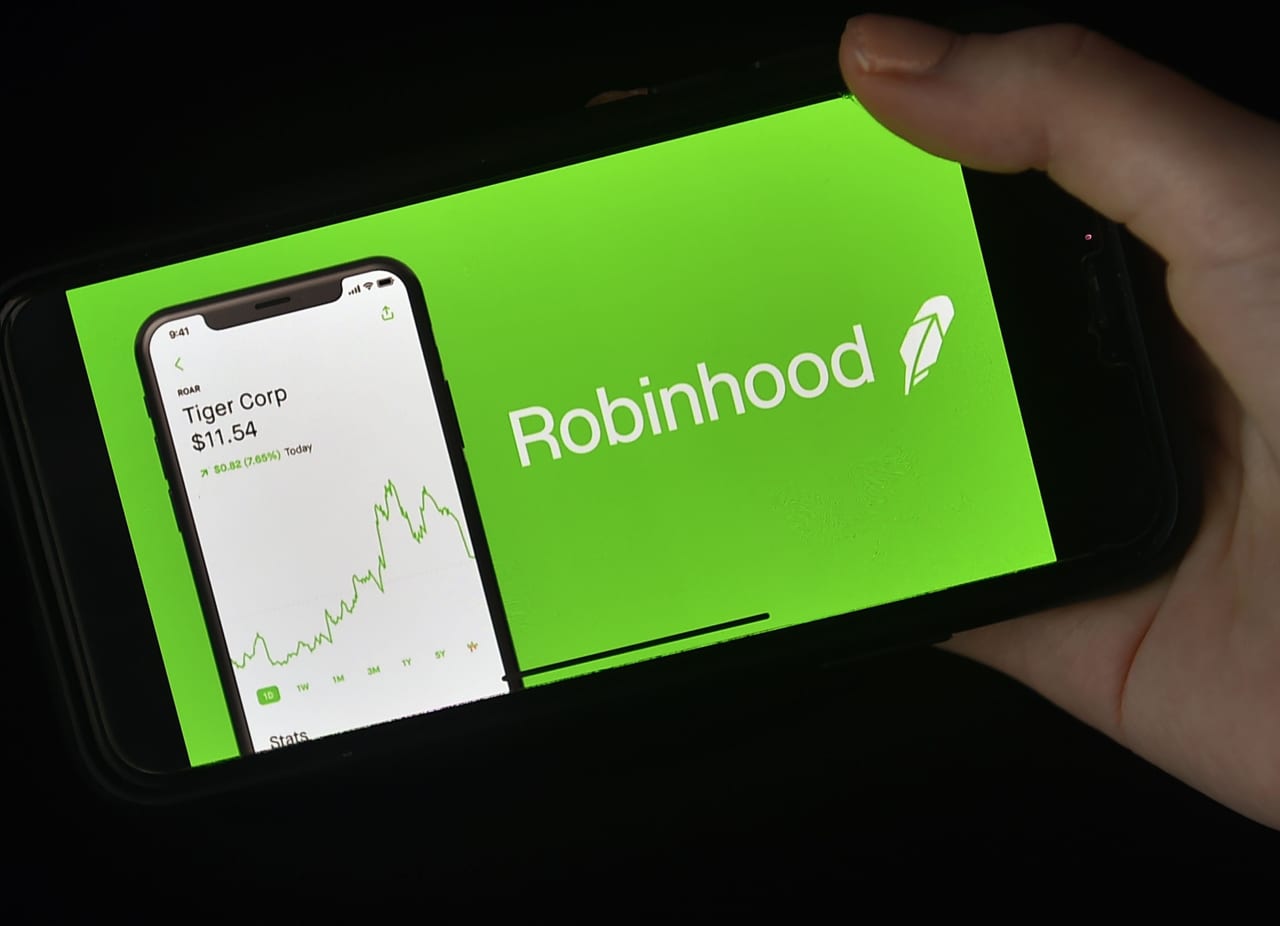Robinhood Shares Soar as New Crypto Stock Tokens Unlock Global Opportunities in 2025
On June 30, 2025, Robinhood Markets, Inc. (NASDAQ: HOOD) saw its stock surge nearly 10% to a record high of $95.69, as shown in the finance card above, following the announcement of a groundbreaking suite of crypto products at its Robinhood Presents: To Catch a Token event in Cannes, France. The Menlo Park-based fintech giant unveiled tokenized U.S. stocks and ETFs for European investors, crypto staking in the U.S., perpetual futures for EU traders, and a new Layer 2 blockchain, signaling a bold push to blend traditional finance with blockchain technology. Here’s why this move is driving investor excitement and what it means for Robinhood’s future.
What’s Behind the Stock Surge?
Robinhood’s stock climbed from a previous close of $83.03 to a high of $95.765 on June 30, 2025, reflecting strong market enthusiasm for its latest innovations. According to Reuters, the company launched over 200 tokenized U.S. stocks and ETFs, including heavyweights like Nvidia, Apple, and Microsoft, allowing EU customers to trade these assets 24/5 with zero commissions or spreads. This move taps into growing global demand for U.S. equities, particularly among tech and AI-driven companies, which dominate the market.
Additionally, Robinhood introduced tokenized shares of private companies like OpenAI and SpaceX for EU users, a first for the platform, enabled by looser EU investor regulations. To mark the launch, the company is distributing €5 worth of OpenAI and SpaceX tokens to eligible EU users onboarding by July 7, with $1 million and $500,000 allocated for OpenAI and SpaceX tokens, respectively. “We’re addressing the inequality of access to high-value private equity,” said Johann Kerbrat, Robinhood’s crypto GM, at the Cannes event.
A Game-Changing Crypto Suite
Robinhood’s 2025 product rollout is its most ambitious yet, as outlined in a GlobeNewswire release:
- Crypto Staking in the U.S.: After years of regulatory hurdles, Robinhood reintroduced staking for Ethereum and Solana, allowing U.S. users to earn rewards by supporting blockchain transactions. This follows the SEC’s recent clarification that some staking forms are not securities offerings.
- Perpetual Futures in the EU: Eligible EU traders can now access crypto perpetual futures with up to 3x leverage, routed through Bitstamp, which Robinhood acquired in 2024.
- Layer 2 Blockchain: Built on Arbitrum, with plans for a custom blockchain, this infrastructure supports tokenized assets and aims for 24/7 trading, enhancing accessibility.
- Cortex and Rewards: The AI-powered Cortex tool, launching later in 2025 for Robinhood Gold members, offers real-time crypto market insights. A 1–2% crypto deposit boost and cash-back rewards via the Robinhood Gold Credit Card further sweeten the deal.
These moves align with Robinhood’s 100%+ stock gain in 2025, as noted by NBC, driven by its commission-free model and growing crypto market share.
Why This Matters in 2025
Robinhood’s crypto expansion taps into key trends:
- Global Demand for U.S. Stocks: Tokenized equities offer EU investors flexible, low-cost access to U.S. markets, capitalizing on the AI boom and tech giants’ dominance.
- Blockchain Innovation: Tokenization, enabled by Arbitrum and Robinhood’s planned blockchain, could redefine securities trading, though U.S. regulatory clarity remains a hurdle.
- Crypto Market Surge: With Bitcoin surpassing $100,000 in Q4 2024, fueled by pro-crypto policies under President Trump, Robinhood’s crypto offerings position it to rival Coinbase, which lists over 200 tokens compared to Robinhood’s 22.
Posts on X reflect the excitement, with users like @ayyyeandy calling it a “huge win for Ethereum” due to the Arbitrum partnership and Layer 2 blockchain.
Challenges to Watch
Despite the hype, risks remain:
- Regulatory Barriers: Tokenized private equity isn’t available in the U.S. due to accredited investor restrictions, limiting domestic growth. CEO Vlad Tenev is advocating for regulatory changes.
- Competition: Coinbase’s upcoming perpetual futures and broader token offerings pose a threat, though Robinhood’s commission-free model gives it an edge.
- Valuation Concerns: With a market cap of $67.38 billion and no P/E ratio due to inconsistent earnings, some analysts question if HOOD’s 100% yearly gain is sustainable.
What This Means for Investors
Robinhood’s stock surge, as shown in the finance card above, reflects its pivot to crypto and global expansion, making it a high-CPC (cost-per-click) finance topic for 2025. The company’s 51% user growth (23.2 million funded accounts in Q1 2025) and eight-fold crypto revenue jump in Q4 2024 signal strong fundamentals. Investors eyeing HOOD should:
- Monitor Crypto Adoption: Continued crypto market growth, especially under a crypto-friendly SEC, could boost Robinhood’s volumes.
- Assess Risks: Consult financial advisors to weigh HOOD’s high valuation and regulatory uncertainties.
- Track Earnings: Q2 2025 earnings, expected in August, will clarify the impact of these launches.
Robinhood’s tokenized stocks, staking, and blockchain push are redefining fintech. Visit robinhood.com for details or join the conversation on X to see why investors are buzzing. Will HOOD hit new highs? The future looks tokenized—and bright.
Word Count: 609
